As a mom, you’re always thinking about what’s best for your family. But have you considered the impact that toxins in your home may have on their health? While it’s true that we can’t control every single toxin in our environment, there are steps we can take to minimize their presence in our lives.
The kitchen, in particular, can be a major source of toxins, but the good news is that by making simple swaps, we can make a big difference. By choosing safer, healthier products, we can create a kitchen that nurtures and supports our loved ones.
We’ll explore the types of toxins commonly found in the kitchen and how they can affect our health. We’ll also provide practical tips and product recommendations for making swaps that minimize your family’s exposure to these harmful substances.
Remember, the goal is not to be perfect, but to be mindful and take small steps towards a healthier, toxin-free home. So, let’s get started!
This post contains affiliate links, which means I may earn a small commission if you make a purchase, at no extra cost to you.
Understanding Toxins in the Kitchen
What are Toxins?
Toxins are substances that are harmful to our health and can have negative effects on our bodies. They can be found in a variety of everyday items, including those in our kitchen.
Sources of Toxins in the Kitchen
Many common kitchen items contain toxins that can be harmful to our health. These include plastic containers and wraps, non-stick cookware, cleaning products, and even tap water.
Types of Toxins in the Kitchen
- Bisphenol A (BPA) – This toxic chemical is commonly found in plastic food containers, water bottles, and can linings.
- Phthalates – These chemicals are used to make plastic soft and flexible, and can be found in items such as plastic wrap, food packaging, and even some personal care products.
- Lead – This toxic heavy metal can be found in drinking water and in some imported ceramic dishes and decorative items.
- Per- and polyfluoroalkyl substances (PFAS) – These toxic chemicals are used in non-stick cookware and food packaging, and are known to be persistent in the environment and in our bodies.
Health Impacts of Toxin Exposure
Exposure to these toxins can have serious health consequences, including hormonal disruption, cancer, reproductive harm, and more. For example, BPA has been linked to an increased risk of breast and prostate cancer, while phthalates have been linked to birth defects and developmental problems in children.
Why Minimizing Toxin Exposure Matters
Of course, we can’t control every single toxin. The world is riddled with toxins from the air we breathe to the products we use. There’s no point in stressing over every last ingredient – however, reducing exposure to toxins in the kitchen is pretty important. By making informed choices about the products you bring into your home, you can help minimize their exposure to these harmful substances and create a healthier living environment overall.
Kitchen Swaps to Minimize Toxins
Making Simple Changes to Reduce Toxin Exposure
You don’t have to overhaul your entire kitchen to reduce your family’s exposure to toxins. By making a few simple swaps, you can make a big impact. Here are the top kitchen items to consider replacing, along with specific product recommendations to help you make the switch.
- Plastic Containers
Swap for: Glass containers
Why: Plastic containers can leach harmful chemicals into your food and drinks, especially when exposed to heat or acidic substances. Glass containers are a safer, healthier option that won’t release any harmful chemicals into your food.
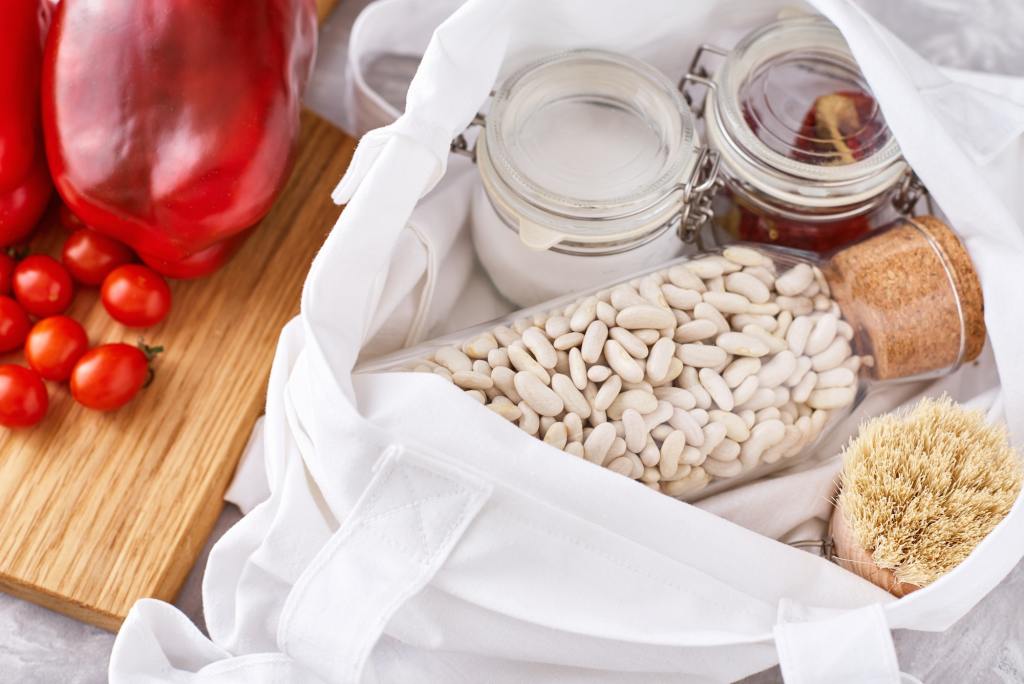
Recommendations:
- Glass storage containers with bamboo lids
- Mason jars for pantry storage
- Glass water bottles for on-the-go hydration
Benefits:
- No toxic chemicals leached into your food
- Improved taste and freshness of food stored in glass
- Environmentally-friendly, as glass containers are recyclable and reusable
- Non-Stick Cookware
Swap for: Cast iron pans or ceramic coated pans
Why: Non-stick cookware is often made with PFAS, a toxic chemical that can be harmful to our health. Cast iron pans are a classic, safe alternative that can be seasoned to create a natural non-stick surface, while ceramic coated pans offer a non-stick surface without harmful PFAS.
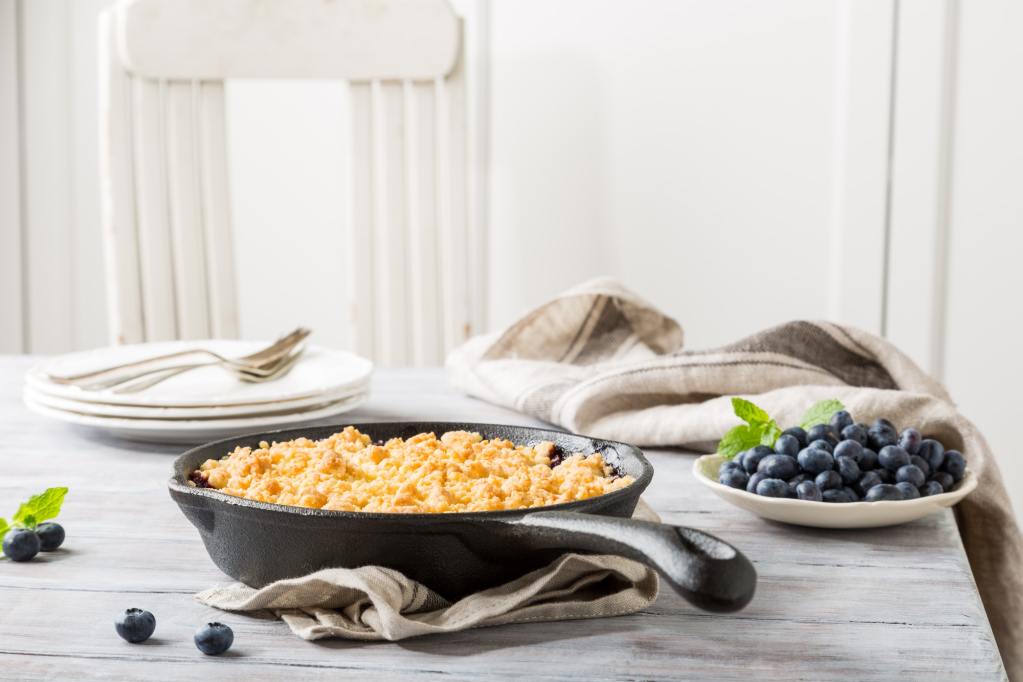
Recommendations:
Benefits:
- Reduced exposure to harmful PFAS
- Improved cooking performance with cast iron, which can withstand high heat and distribute heat evenly
- Long-lasting and durable, as cast iron can last for generations with proper care
- Plastic Wrap
Swap for: Beeswax wraps
Why: Plastic wrap can contain harmful chemicals such as phthalates, and it’s not recyclable or biodegradable. Beeswax wraps, on the other hand, are a natural, sustainable alternative that can be used to wrap food, cover bowls, and more.
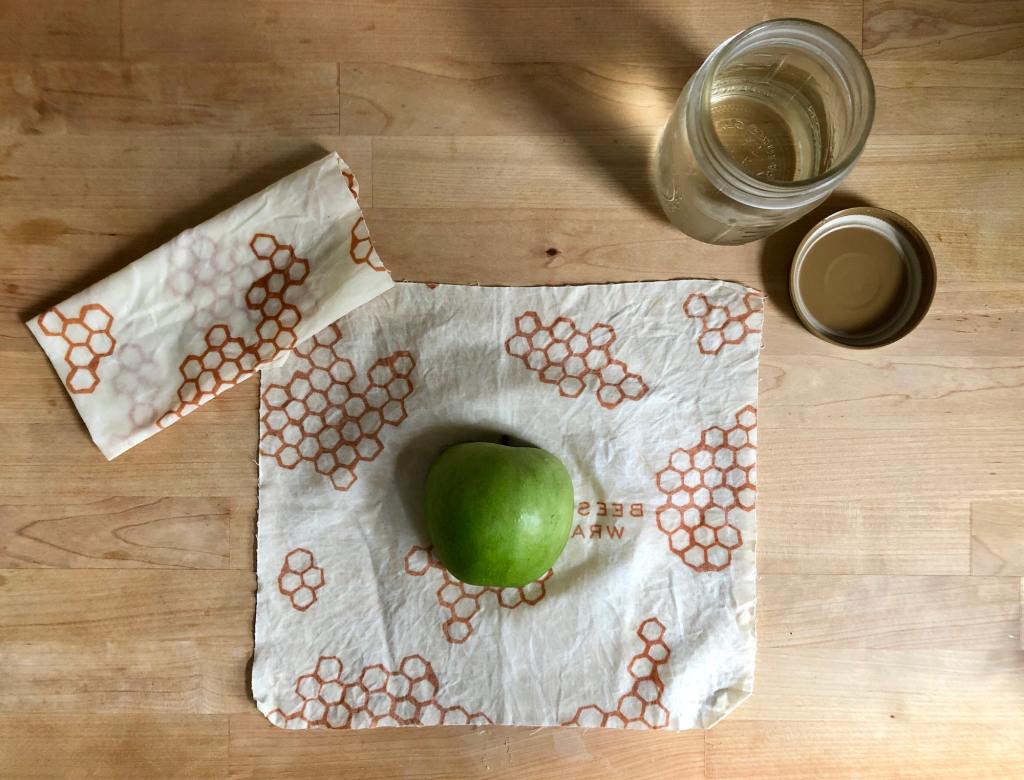
Recommendations:
Benefits:
- Reduced exposure to harmful chemicals
- Sustainable, as beeswax wraps are biodegradable and reusable
- Easy to clean and maintain, simply wash with cool water and soap and air dry
- Dish Soap
Swap for: Natural, Non Toxic Dish Soap
Why: Conventional dish soaps often contain harsh chemicals that can be harmful to our health and the environment. Castile soap is a natural alternative that is gentle on both your skin and the planet.
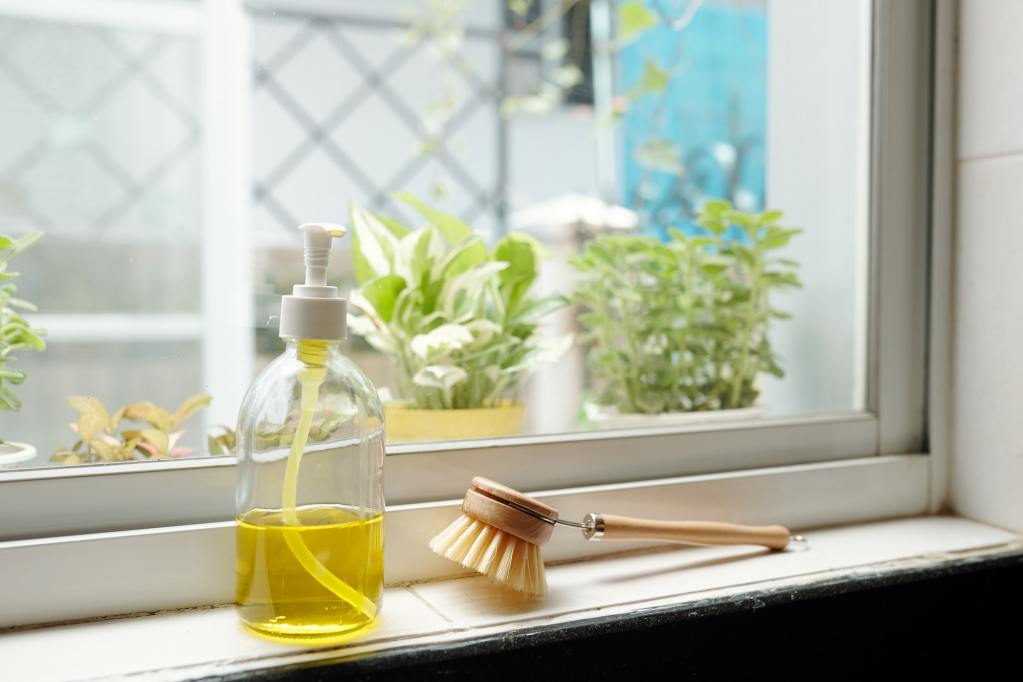
Recommendations:
Benefits:
- Reduced exposure to harsh chemicals
- Gentle on skin and safe for those with sensitive skin
- Biodegradable and environmentally-friendly, as it’s made with plant-based ingredients
- Plastic Cutting Boards
Swap for: Bamboo or glass cutting boards
Why: Plastic cutting boards can harbor bacteria and can scratch, releasing small plastic particles into your food. Bamboo and glass cutting boards are safer, cleaner alternatives that won’t scratch or release harmful particles into your food.

Recommendations:
Benefits:
- Reduced exposure to bacteria and harmful particles
- Environmentally-friendly, as bamboo is a sustainable resource
- Easy to clean and maintain, simply wash with soap and water and air dry
- Plastic Straws
Swap for: Reusable metal or glass straws
Why: Plastic straws are one of the most common forms of single-use plastic and can take hundreds of years to break down in the environment. Reusable metal or glass straws are a sustainable, eco-friendly alternative.
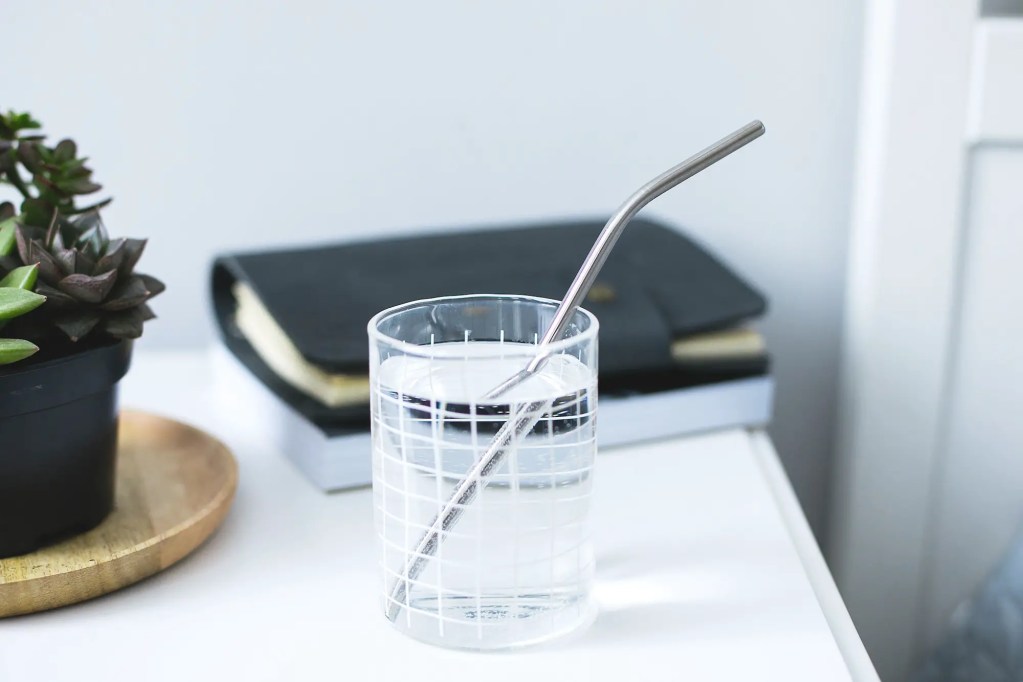
Recommendations:
Benefits:
- Reduced waste and environmental impact
- Durable and long-lasting, as metal and glass straws can be reused for years
- Safe and hygienic, as metal and glass are easy to clean and don’t harbor bacteria
- Aluminum Foil
Swap for: Reusable silicone baking mats
Why: Aluminum foil can contain harmful chemicals and can be difficult to recycle. Silicone baking mats and beeswax wraps are reusable, eco-friendly alternatives that won’t release harmful particles into your food.
Recommendations:
Benefits:
- Reduced exposure to harmful chemicals
- Sustainable, as silicone baking mats and beeswax wraps can be used for years
- Easy to clean and maintain, simply wash with soap and water and air dry
- Artificial Sweeteners
Swap for: Natural sweeteners like honey, maple syrup, or dates
Why: Artificial sweeteners like aspartame and sucralose have been linked to health concerns and can disrupt your body’s natural balance. Natural sweeteners like honey, maple syrup, and dates are a healthier, more natural alternative.

Recommendations:
Benefits:
- Reduced exposure to artificial chemicals
- Better for your health, as natural sweeteners have less negative effects on the body
- More flavorful and versatile, as natural sweeteners add depth and complexity to recipes
Implementing Kitchen Swaps
Making changes to reduce toxins in your kitchen can feel overwhelming, but it’s important to remember that every small step makes a difference. By taking small, gradual steps towards a toxin-free kitchen, you can create a healthier and more sustainable home for your family. Here are a few tips to make the transition easier:
- Prioritize High-Risk Items: Focus on swapping out the kitchen items that are most likely to contain harmful chemicals, such as plastic containers, non-stick cookware, and plastic wrap.
- Shop with a List: Make a list of the kitchen items you need to swap out, and stick to it when shopping. This will help you stay focused and avoid impulse purchases.
- Choose Durable Products: Invest in high-quality, durable kitchen items that will last for years. Not only will this save you money in the long run, but it will also reduce your environmental impact.
It’s important to remember that some kitchen swaps may require a higher upfront cost, but the long-term benefits to your health and the environment are well worth it. Additionally, making changes in your kitchen can be a great opportunity to connect with other mothers who are also looking to minimize toxins in their homes. Share your own kitchen swap experiences, offer support, and encourage one another to make positive changes.
Maintaining a Toxin-Free Kitchen
Reducing toxins in your kitchen is an ongoing process, and it’s important to stay mindful and continue to make positive changes. Here are a few tips to help you maintain a toxin-free kitchen:
- Read Labels: Get in the habit of reading the labels of products you use in your kitchen, and avoid products that contain harmful chemicals.
- Plan Ahead: Plan your meals and snacks ahead of time, so you can avoid processed and packaged foods that are often loaded with harmful chemicals.
- Shop Local: Support local farmers and producers by buying fresh, whole foods from your local farmers’ market or community-supported agriculture program. These foods are often grown without the use of harmful pesticides and other chemicals.
- Stay Educated: Stay informed about the latest research and developments in the world of toxin-free living. Read books, follow blogs, and attend workshops and events that focus on reducing toxins in your home and environment.
By making these small changes and staying mindful, you can create a healthier and more sustainable kitchen for you and your family. And, by sharing your experiences and knowledge with others, you can help create a larger community of mothers who are working to reduce toxins in their homes and protect the health of their families.
The Take Away
Creating a toxin-free kitchen can seem overwhelming, but it’s important to remember that every small change makes a difference. By swapping out everyday kitchen items for safer alternatives and staying mindful of the products you use, you can help reduce exposure to harmful chemicals and create a healthier environment for you and your family.
It’s also important to acknowledge that we cannot eliminate every single toxin from our lives, but we can make conscious choices that minimize their impact. Don’t stress about making every change all at once, instead start with the high-risk items and make changes as you go. Every kitchen swap is a step in the right direction.
Remember, creating a healthier and more sustainable kitchen is not just about reducing toxins, it’s also about improving your and your family’s overall well-being and supporting the environment. So take it one step at a time and enjoy the journey towards a toxin-free kitchen.
Together, we can create a healthier, more sustainable world for our families and future generations.
Have you made any swaps in the home towards low or no-tox options? Let us know in the comments!



[…] a mom, you want to ensure that your family’s health is protected, and that starts with creating a clean and safe environment in your home. However, using traditional cleaning products can come with hidden dangers that you may not be […]